Growing The Exotic Strelitzia ‘Bird Of Paradise’ Plant At Home – It’s Ideal For A Conservatory
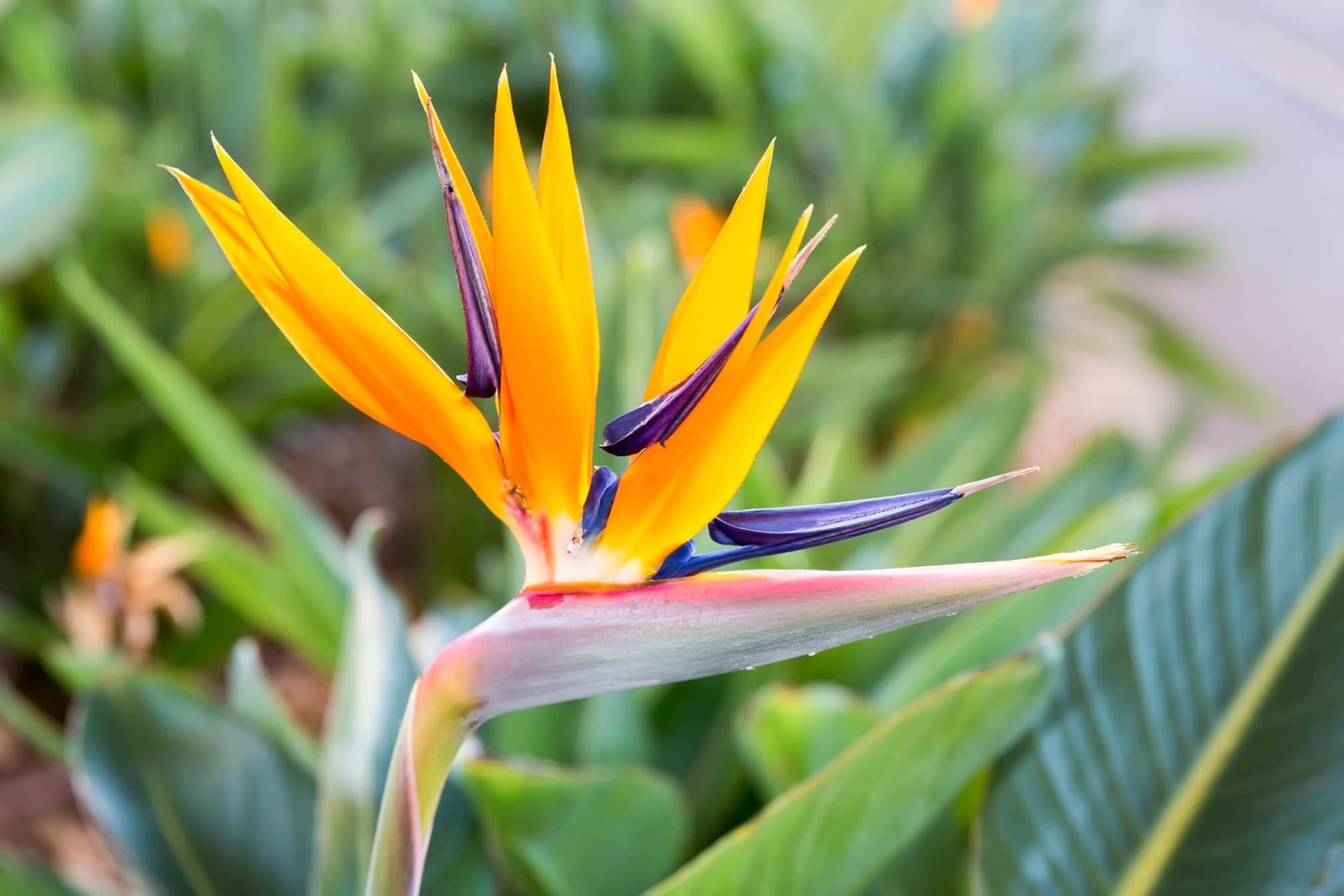
HOUSEPLANTS > STRELITZIA

Elizabeth is a Permaculture Garden Designer, Sustainability Consultant and Professional Writer, working as an advocate for positive change. She graduated from the University of St. Andrews with an MA in English and Philosophy and obtained a Diploma in Applied Permaculture Design from the Permaculture Association.
Reviewed By PETER LICKORISH

Peter is a Horticulture Lecturer and self-employed Horticulturist, with a passion for diverse areas of the industry - from garden design to the science behind plant growth and propagation. He has completed the Royal Horticultural Society’s Master of Horticulture (MHort) Award and lectures on RHS courses at Bedford College.
Contributions From HARRIET THOMPSON

Harriet is the founder of Harriet’s Plants, a peat-free houseplant nursery based in Staffordshire. She studied Plant Science at The Eden Project in Cornwall and is particularly passionate about sustainable growth.
IN THIS GUIDE
STRELITZIA GUIDES
Strelitzia is a great conservatory plant to bring an exotic feel to your home.
In this guide, you can learn how to keep it happy and enjoy its astonishing blooms.
This plant is well known for its surprising bright orange and electric blue flowers, which really do look like the head of some fantastical bird.1Bird-of-paradise (Plant). (n.d.). San Diego Zoo Animals & Plants. Retrieved March 24, 2023, from https://animals.sandiegozoo.org/plants/bird-paradise-0
It cannot cope outdoors in winter in the UK, but it can be grown in a conservatory or another bright spot within your home and placed outdoors in a suitable spot over the summer.
In this guide, we have collaborated with Harriet Thompson, the founder of Harriet’s Plants.
“Strelitzia nicolai is a great bright loving plant that is native to South Africa,” says Harriet.
“It has stunning white, bird-like flowering spikes and is one of my favourite houseplants.”
Overview
| Botanical Name | Strelitzia |
| Common Name(s) | Bird of Paradise |
| Plant Type | Perennial Houseplant |
| Native Area | South Africa |
| Hardiness Rating | H1B |
| Foliage | Evergreen |
| Flowers | Exotic flowers resembling a bird |
| When To Plant | April-September |
Sunlight
Preferred
Full Sun
Exposure
Sheltered
Size
Height
1 – 1.8M
Spread
0.5 – 1M
Bloom Time
Winter / Spring
Soil
Preferred
Loam-based potting soil
Moisture
Moist but well-drained
pH
Any
The Bird of Paradise plant is native to South Africa, where it grows up to 2m tall.2Strelitzia reginae. (n.d.). Kew Royal Botanic Gardens. Retrieved March 24, 2023, from https://powo.science.kew.org/taxon/urn:lsid:ipni.org:names:798194-1
In the wild, it is pollinated by birds.
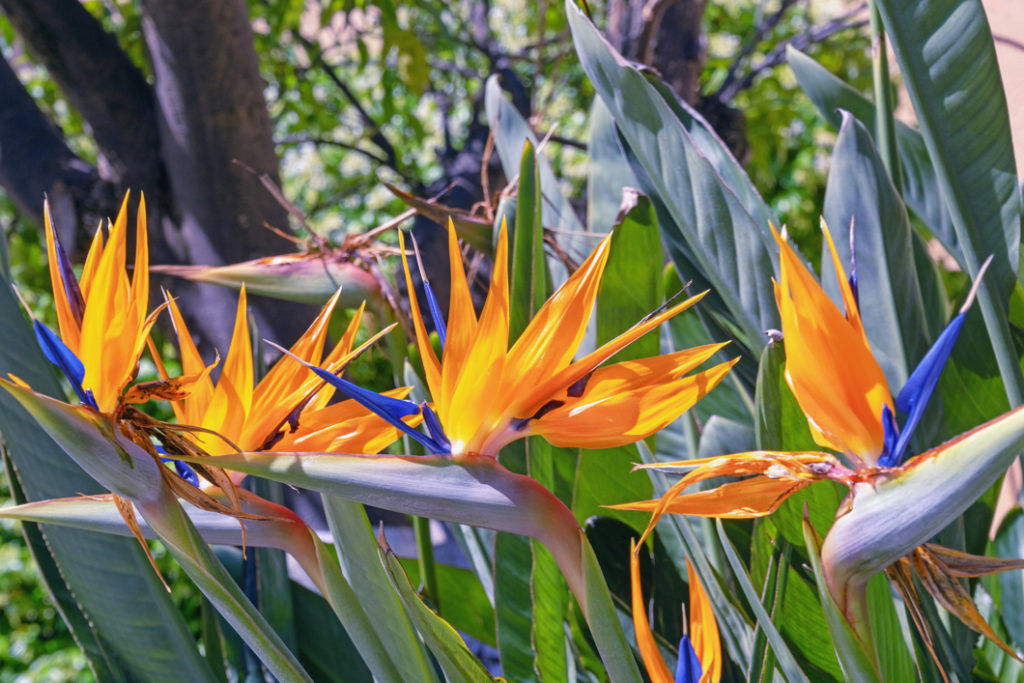
This plant was first introduced to the UK in 1773 when it was grown at Kew Gardens.3Buckley, J. (2016, December 6). A royal flower- Bauer’s Strelitzia. Kew Royal Botanic Gardens. Retrieved March 24, 2023, from https://www.kew.org/read-and-watch/royal-flower-bauer
It is very popular as a houseplant here and in other temperate climes.
Common Varieties
Some options include:
S. reginae
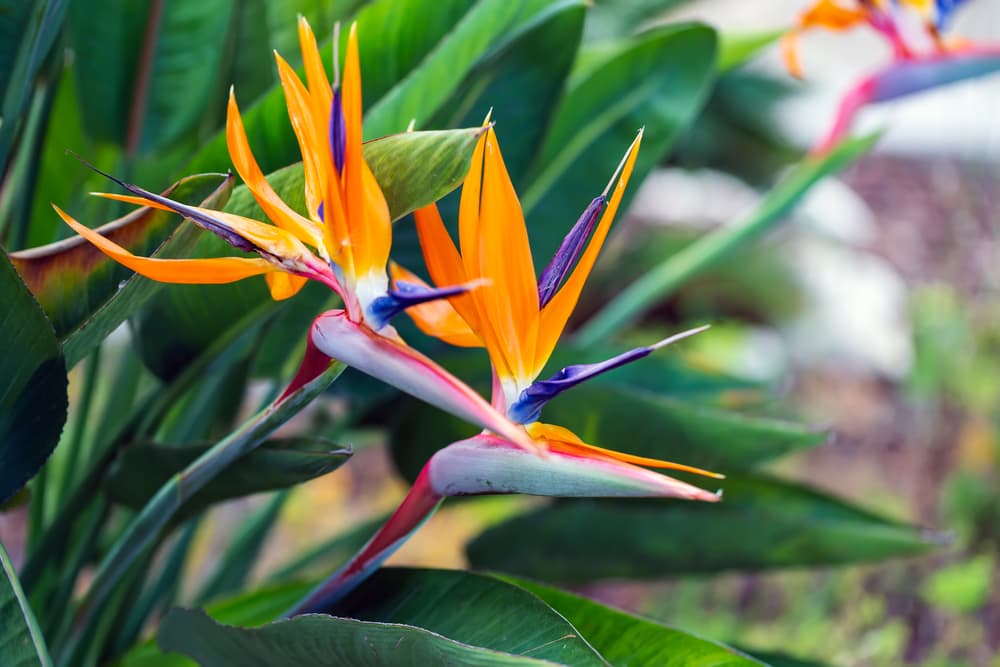
S. reginae ‘Kirstenbosch Gold’
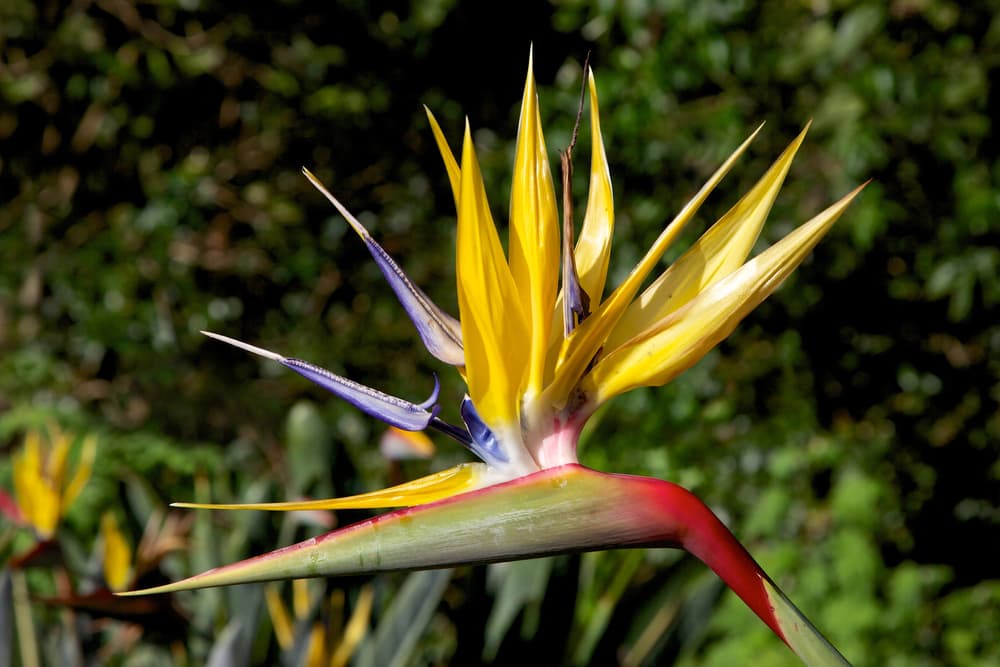
S. nicolai
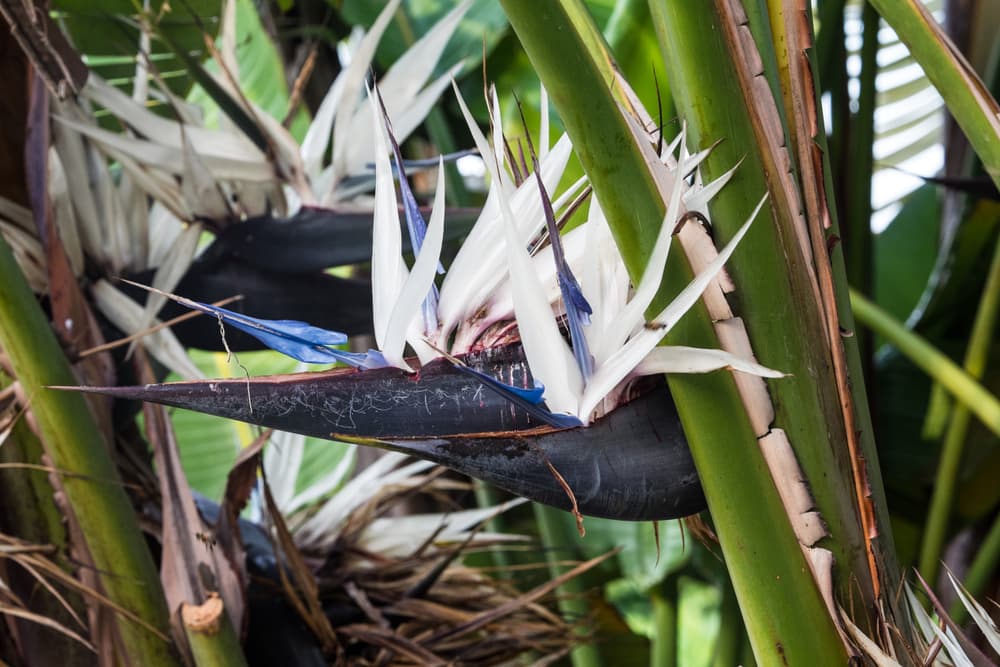
S. alba
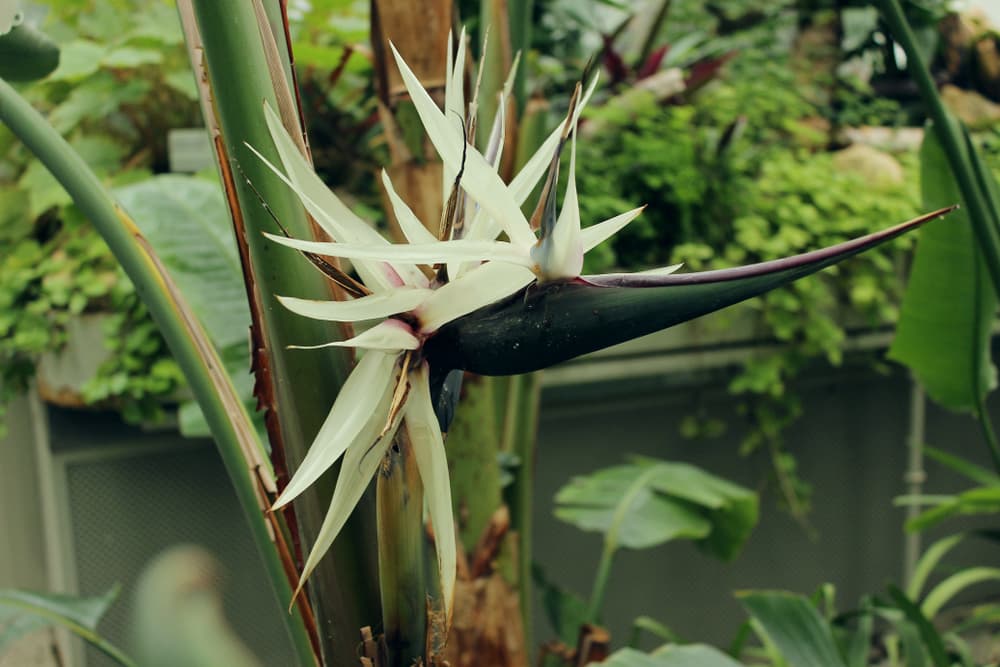
Plant Care
Strelitzia plants do require careful thought as to where they are grown since they can be rather fussy about conditions.
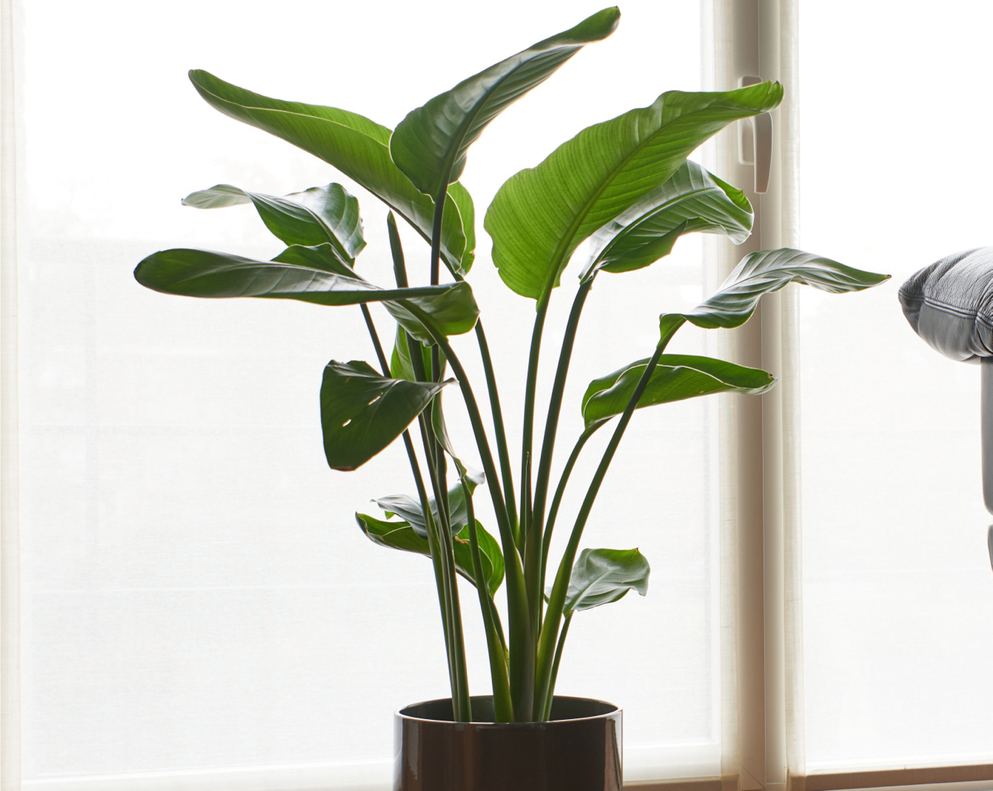
Here are some tips to help you understand what they need and the ongoing care that they will require.
Light Exposure
“The very best houseplant advice I can give, is right plant, right place,” says Harriet.
“Having a place in mind for a houseplant and buying a suitable plant that will enjoy the lighting that area has to offer, sets the plant up for success when entering your home.”
These plants require a light and bright location, with plenty of sunshine early or late in the day.
A conservatory or another bright and humid room inside your home should be an ideal spot.
In summer, you can also place your plant outdoors in a sunny and sheltered spot.
Humidity & Temperature
Strelitzia needs minimum night temperatures of 10-12°C in winter and will struggle and require additional ventilation in summer when temperatures rise about 20°C.
If you do not place your plant outdoors for summer, you will need to make sure that it does not become too warm in your conservatory or wherever else in your home you have chosen to grow this plant.
Open windows to increase airflow as needed.
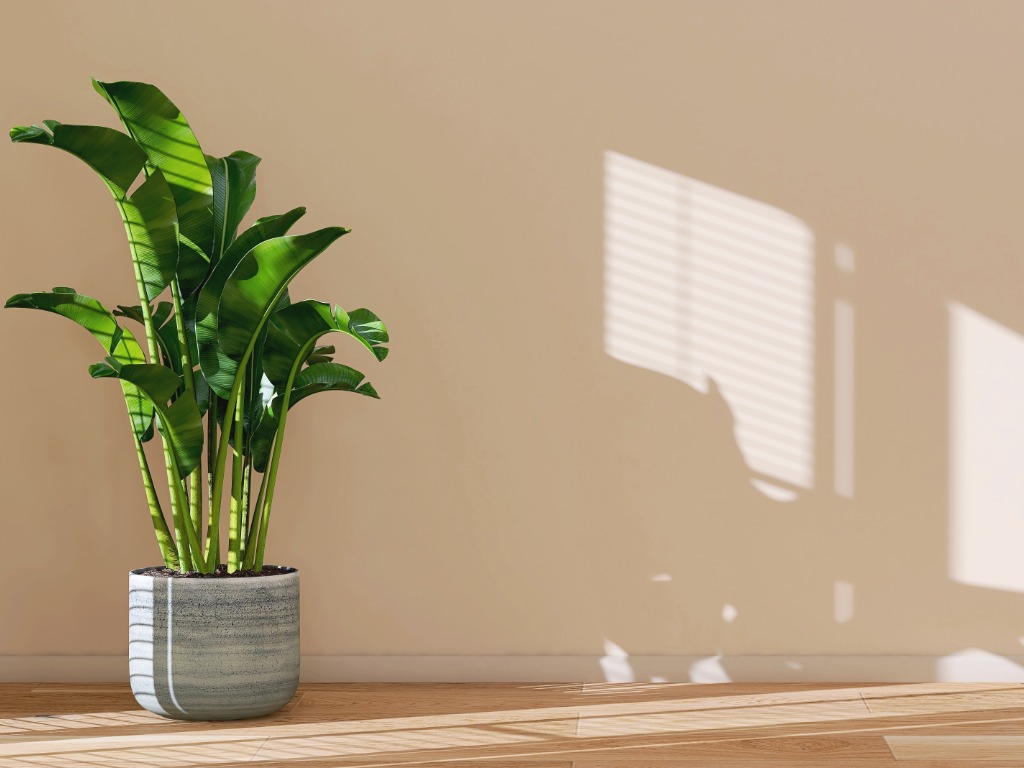
Humidity should be high, so inside your home, especially if the plant is in a centrally heated area, it may become too dry for these plants.
Raise humidity in the area by grouping houseplants together and also by misting daily.
Wiping down foliage with a damp cloth will also raise humidity whilst helping to keep the plant clean and free from dust.
“I do find these plants suffer from mealybugs, which can be dealt with using plant oil,” shares Peter Lickorish, a Master Horticulturist.
“However, if it’s any consolation, they’re a sign the plant has the humidity it craves. The importance of humidity for strelitzia cannot be overstressed.”
Watering
Strelitzias must be watered to maintain a consistently moist growing medium in spring and summer, but make sure that the soil does not become waterlogged.
However, you should tail off watering in autumn and from the end of November, the medium should be allowed to dry out between waterings.
“Fresh and free-draining peat-free compost will also help to create a good watering schedule,” adds Harriet.
Soil Requirements
Pots for strelitzia should be filled with a John Innes No 3 compost with added grit for drainage or a homemade equivalent.
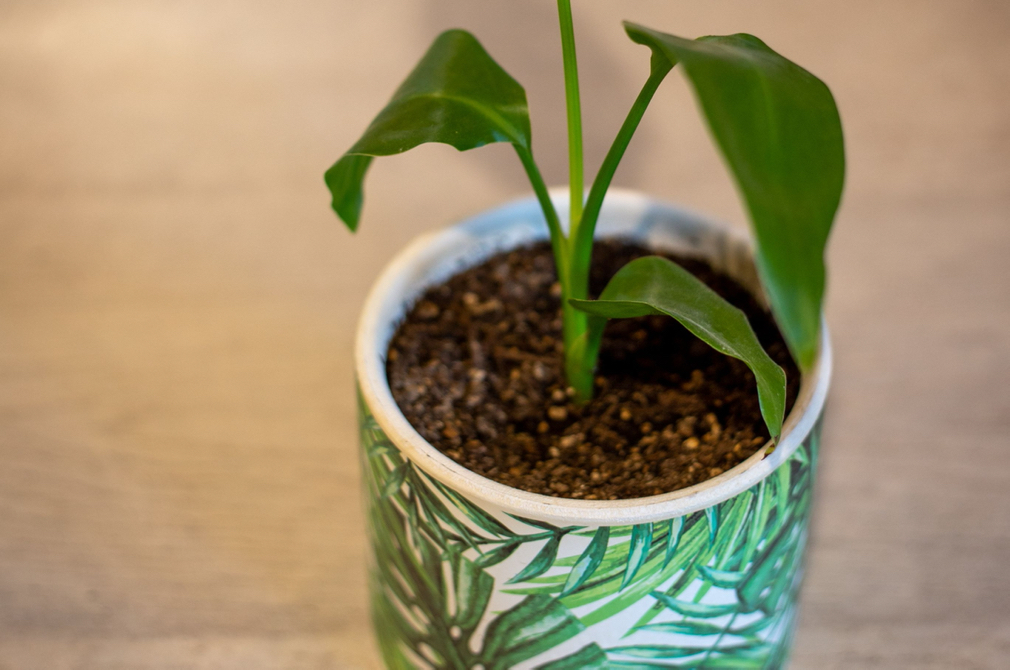
You can also plant them outside in summer in well-drained soil as long as they are brought back inside again before the first frost.
Pots should snugly accommodate the roots and the plants should only be potted up when roots appear at the top of the compost.
Fertilising
Regular feeding is essential during the growing season, which is usually between April and September.
Apply an organic houseplant feed every couple of weeks during this time.
Pruning
You do not need to prune strelitzia.
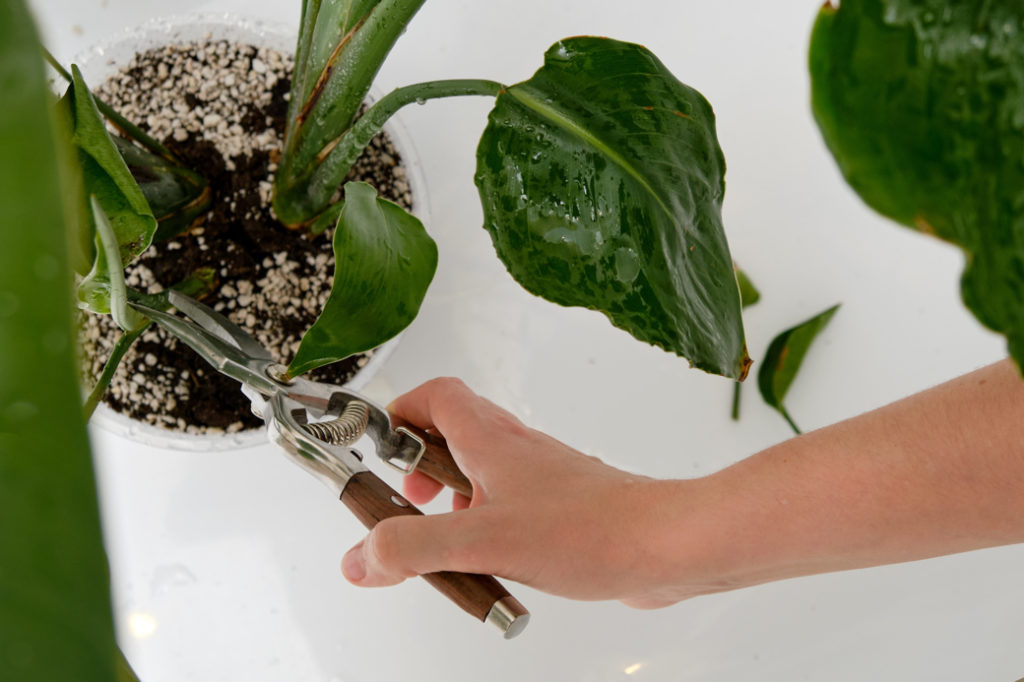
However, you can, if you wish, make the plant a little neater by cutting off any old or damaged leaves in the spring.
Simply trim off these leaves to the base with sharp secateurs or a gardening knife.
Blooming
If you do not get flowers on your strelitzias, even though you have met all the conditions and provided all the care mentioned above, be patient.
Your plant will take 3-4 years to bloom.
Still, even before it does bloom, it can be an attractive houseplant with green, glossy leaves.
Propagation
Propagation can be achieved by means of sowing seeds, but you will need to have a lot of patience, as it can take 10 years from sowing for the plant to mature and bloom!
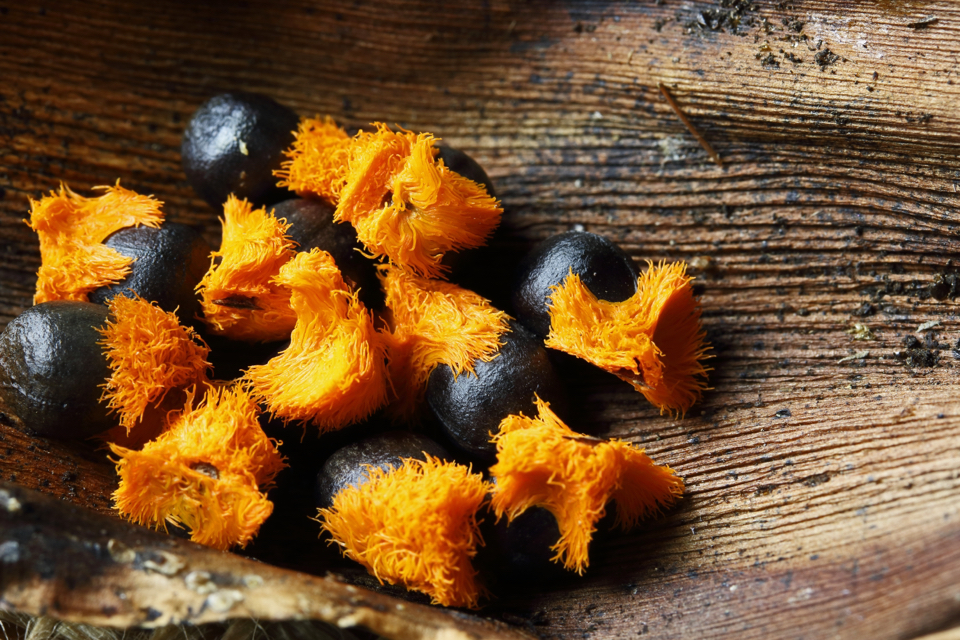
You can achieve mature plants more quickly by dividing a mature plant by cutting the root ball in half and repotting.
You can also cut away offsets which have formed around the base of the parent and place these in their own pots to grow on.
References
- 1Bird-of-paradise (Plant). (n.d.). San Diego Zoo Animals & Plants. Retrieved March 24, 2023, from https://animals.sandiegozoo.org/plants/bird-paradise-0
- 2Strelitzia reginae. (n.d.). Kew Royal Botanic Gardens. Retrieved March 24, 2023, from https://powo.science.kew.org/taxon/urn:lsid:ipni.org:names:798194-1
- 3Buckley, J. (2016, December 6). A royal flower- Bauer’s Strelitzia. Kew Royal Botanic Gardens. Retrieved March 24, 2023, from https://www.kew.org/read-and-watch/royal-flower-bauer
